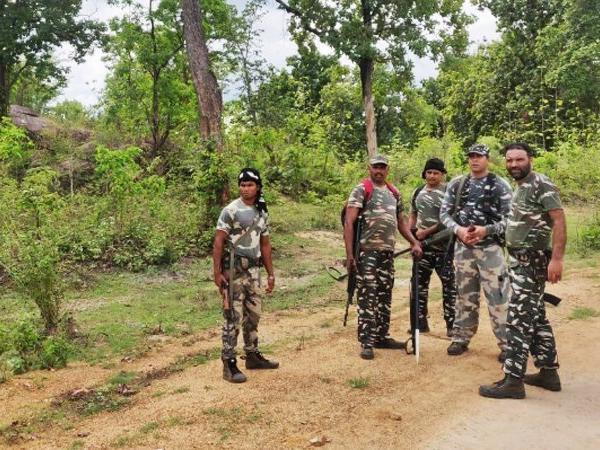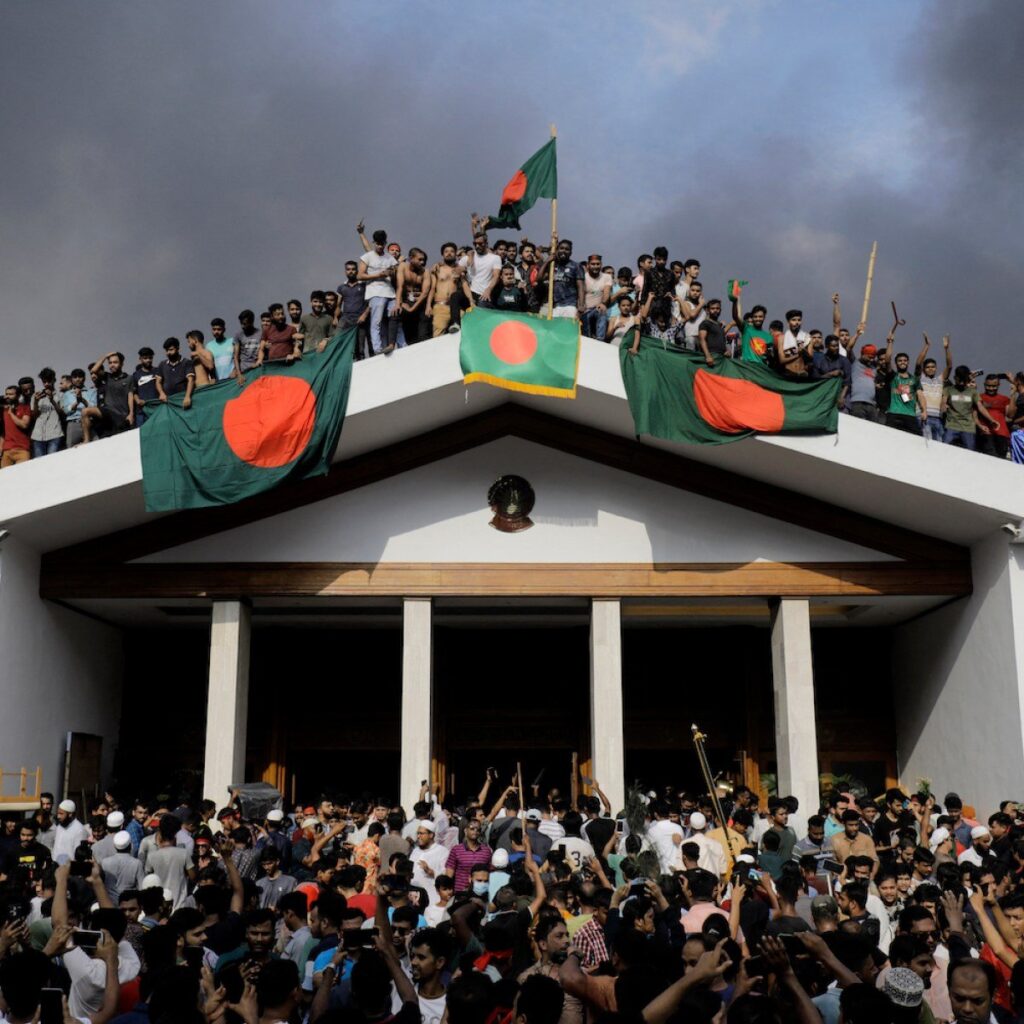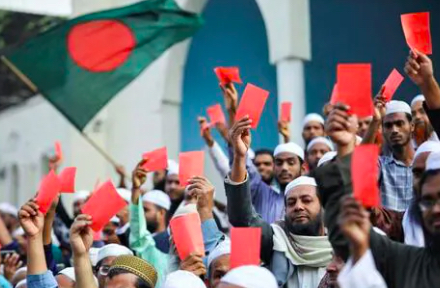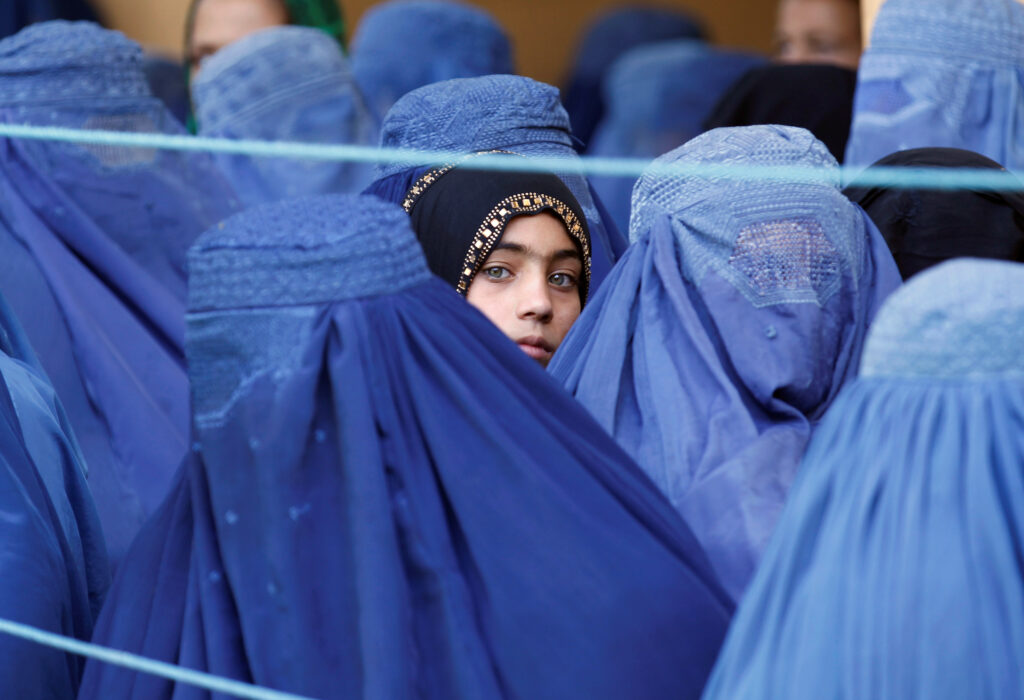MANTRAYA POLICY BRIEF#29: 23 JULY 2019
BIBHU PRASAD ROUTRAY
Abstract
The National Democratic Alliance (NDA) government in New Delhi, in its second term, is making renewed attempts to end left-wing extremism (LWE). The broad parameters of the new strategy consist of plans to target the extremists by deploying more forces in the affected states and also to pursue the over-ground sympathizers of the movement in urban areas. The strategy does not vary qualitatively much from the one pursued by the previous Home Ministry under Rajnath Singh and even his predecessor P Chidambaram. Unless the governance deficit is addressed and a comprehensive national strategy on LWE is initiated, mere force-centric methods cannot bring a permanent solution to the problem.

(Photo Courtesy: Times Now)
Ground Situation
According to assessments of India’s Ministry of Home Affairs (MHA), the LWE (also interchangeably referred to as Naxals or Maoists) outfit, Communist Party of India (CPI-Maoist) has weakened significantly. Its ability to orchestrate violence has reduced and its influence has been restricted to 15 percent of the country[1] comprising few pockets of states like Chhattisgarh, Maharashtra, Odisha, Bihar, and Jharkhand. On 10 July 2019, the Union Minister of State for Home Affairs, G. Kishan Reddy said in the Rajya Sabha (Upper House of India’s Parliament)[2] that violent incidents perpetrated by the LWE cadres declined from 2258 in 2009 to 833 in 2018. The resultant fatalities declined from 1005 in 2010 to 240 in 2018. He also stated that the geographical spread of LWE has declined from 223 Maoist affected districts in 2008 to a mere 60 in 2018.
And yet the outfit retains significant influence in inter-state areas, which constitute its base areas for carrying out attacks against high value targets. The government also assesses that a part of the CPI-Maoist’s remaining military strength is rooted in the support it generates in the urban areas of the country. A sizeable body consisting of intellectuals, university professors and students, activists, lawyers, writers, poets etc. are part of this group, broadly referred to as ‘urban naxals’ in the BJP’s lexicon.
Two-pronged Strategy
The first component of the MHA’s strategy is to increase the footprints of the security forces in the LWE affected areas, especially Chhattisgarh and launch pro-active operations. One of the persistent challenges faced by the security forces, especially when operating in the inter-state border areas, is the ability of the extremists to slip into the territory of a state when operations take place in another. On many occasions different state forces don’t operate in tandem. The ungoverned spaces in different states which form the core areas of the Maoists pose the second challenge. The security as well as governance deficit, for instance in the Abujhmad area of southern Chhattisgarh, add to the survival potential, if not strength, of the extremists. Even after seven decades of the country’s independence, Abujhmad, where the central leadership of the CPI-Maoist is believed to be located, is not on the revenue map.
The MHA reportedly wishes to plug these two loopholes by increasing the number of security forces on the ground. A media report quoting an unnamed senior government official says that seven battalions of Central Reserve Police Force (CRPF) personnel will be deployed ‘in the inaccessible areas of Abujhmad in south Chhattisgarh to fill the “security vacuum” and plug the gaps through which Maoists escape when operations are launched’.[3] These seven battalions to be deployed in the interior of Bijapur and Sukma districts will add to the 44 battalions of central forces who are already operating in the state.
The second strategy of the MHA is to pursue the overground support base of the extremists. According to an internal note of the Ministry, which has been distributed among various states, control has been sought on the “urban activities of the CPI-Maoist and its front organisations”[4]. While the extremists mostly operate in the forested interior areas of various states and have hardly targeted the urban areas of any states, the MHA believes that urban centres have been used by the pro-Maoist overground organisations and intellectuals who gather support for the extremists and create conditions that are hospitable for the growth of extremism.
Old Wine, New Bottle
Increasing the number of security forces on the ground and targeting the over-ground supporters of LWE is not a new official strategy. In late 2009, then home minister P Chidambaram hoped to decimate the CPI-Maoist by amassing a large number of central forces and initiating a multi-state synchronized operation. Such strategies since then have been adopted with varying degrees of success. The CPI-Maoist, the media, and even some state police establishments referred to Mr. Chidambaram’s effort as Operation Green Hunt (OGH), which, however, had to be wound up within a few months, after extremists struck and killed an entire company of security forces in Chhattisgarh. Since then, although the number of battalions of security forces deployed in LWE affected states has continued to increase, any maneuver of OGH’s scale has not been attempted.
Intelligence agencies and police establishments, starting from the days of the birth of the CPI-Maoist in September 2004, have kept a close watch on its overground supporters, activists and writers considered to be sympathetic towards the extremist cause. However, neither during UPA-I nor during the UPA-II governments, activists were specifically targeted in the scale in which the NDA-I started targeting them. For instance, in 2010, in response to why Delhi Police had not filed a case against writer Arundhati Roy for her alleged seditious speech, Mr. Chidambaram told the media, “Not taking action is also an action”[5]. A large degree of independence existed to voice dissent and criticize official policies. This policy has largely changed since 2014. Critiques of government’s LWE policies have been referred to as ‘urban naxals’ not just by the BJP’s lower rung cadres, but also by the top leaders including Home Minister Mr. Amit Shah and Prime Minister Narendra Modi.[6] In 2018, 10 persons, including human rights lawyer Sudha Bhardwaj, were arrested by the Maharashtra police for allegedly being associated with Maoists, a charge denied by them.
Implementation Gap
Nine years have passed since the abandonment of OGH. There are reasons to believe that the cadre strength, military capacities, and area domination abilities of the CPI-Maoist have declined. Security forces deployed in the LWE-affected areas are now better trained, have more experience, and better logistical support. This, however, has not stopped the CPI-Maoist in carrying out periodic IED strikes that kill a number of forces. In this context, the leap from 44 battalions to 51 battalions of security may place additional manpower at the disposal of the authorities to plug the loopholes in strategy.
However, as things stand today, one of the problems of implementation of the two-pronged strategy may emerge a lack of consensus that exists between New Delhi and the states affected by LWE. For instance, there is a difference in the approach followed by the BJP government at the centre and the Chhattisgarh state government led by the Congress party. Mr. Shah has previously accused the Congress party of being the reason for the rise of LWE in India. “When Naxalism took birth in West Bengal, Congress was in power there. Similarly, when Naxalism flourished in Andhra Pradesh, Congress was in power and the same party was ruling, when the menace entered Chhattisgarh”[7], he said in March 2019. Shah has also credited the BJP government with making Chhattisgarh ‘almost Naxal-free’[8].
Since coming to power in 2017, Chhattisgarh Chief Minister Bhupesh Baghel has signaled the initiation of a different approach towards LWE. Not only has he asked his police officials to be sensitive towards human rights issues and to be media friendly, but also has gone to cancel mining rights to private companies in tribal inhabited areas. Operations have continued against the LWE and this year, 60 operations have been conducted, in which 34 Maoists and 17 security personnel were killed in Chhattisgarh. Yet the security forces have been instructed to be extra-cautious in distinguishing between civilians and armed extremists. Unlike the previous BJP government in the state, the Baghel government’s approach towards the so called ‘urban naxals’ does not display a sense of vindictiveness. Reconciling his hard anti-LWE approach with a moderate and humane approach of the Chhattisgarh state government could pose challenge for Mr. Shah.
Revising the ‘New’ Strategy
The new anti-LWE strategy needs to be understood within the broad context of the government’s goal of ‘finishing terrorism’[9]. Be it the LWE affected theatres or Kashmir, annihilating terrorists/ extremists appears to be a key counter-terrorism strategy to fight terrorism of the NDA-II government. While such a method has its utility in terms of forcing extremists to retreat and may even lead to a temporary dip in violence, experiences of many other countries and even the previous Indian governments in various conflict theatres of the country suggest the limitations of such a strategy unless supplemented by measures to improve governance and access to justice.
Additionally, insurgencies, as opposed to foreign-sponsored or religion-inspired terrorism, have deep roots in society. These armed movements sustain themselves not just through illegal means of acquiring money and weapons, but also through voluntary support of tribal population who consider them as justice-disseminating entities. This must be factored into the government’s policies towards the ‘urban naxals’. A country-wide public discourse can possibly have more utility rather than singling out people with alternate viewpoints. The inability of successive governments to bring order to the LWE-affected states in last 15 years necessitates a new strategy, rather than implementing the old with minor modifications.
End Notes
[1] “Naxalism confined to 15% in India under Modi rule: Shah”, Business Standard, 4 May 2019, https://www.business-standard.com/article/pti-stories/naxalism-confined-to-15-in-india-under-modi-rule-shah-119050400023_1.html. Accessed on 20 July 2019.
[2] Ministry of Home Affairs, Government of India, Naxalite Attacks on Civilians and Security Personnel, 10 July 2019, http://www.pibregional.nic.in/PressReleaseIframePage.aspx?PRID=1578109. Accessed on 23 July 2019.
[3] Vijaita Singh, “CRPF to plug Maoists’ escape routes”, Hindu, 7 July 2019, https://www.thehindu.com/news/national/other-states/crpf-to-plug-maoists-escape-routes/article28308057.ece. Accessed on 20 July 2019.
[4] Ibid.
[5] “Police stand on Arundhati Roy in accordance with spirit of law: Chidambaram”, Times of India, 1 November 2010, https://timesofindia.indiatimes.com/india/Police-stand-on-Arundhati-Roy-in-accordance-with-spirit-of-law-Chidambaram/articleshow/6852722.cms. Accessed on 20 July 2019.
[6] “Congress supports urban Naxals, says PM Modi in Chhattisgarh, sparks row”, India Today, 9 November 2018, https://www.indiatoday.in/elections/chhattisgarh/story/narendra-modi-chhattisgarh-bjp-bastar-rahul-gandhi-urban-naxals-1385144-2018-11-09. Accessed on 21 July 2019.
[7] “In Chhattisgarh’s Raipur, Amit Shah says Naxalism flourishes whenever Congress comes to power”, Firstpost, 7 March 2019, https://www.firstpost.com/politics/in-chhattisgarhs-raipur-amit-shah-says-naxalism-flourishes-whenever-congress-comes-to-power-6217791.html. Accessed on 19 July 2019.
[8] Tanushree Pandey, “Chhattisgarh almost Naxal-free because of BJP government, says Amit Shah”, India Today, 10 November 2018, https://www.indiatoday.in/elections/chhattisgarh/story/chhattisgarh-almost-naxal-free-because-of-bjp-government-says-amit-shah-1385714-2018-11-10. Accessed on 19 July 2019.
[9] “Amit Shah says ‘only goal to finish terrorism’ after Lok Sabha passes bill to allow NIA to probe terrorist acts against Indians”, Firstpost, 15 July 2019, https://www.firstpost.com/india/amit-shah-says-only-goal-to-finish-terrorism-after-lok-sabha-passes-bill-to-allow-nia-to-probe-terrorist-acts-against-indians-6997001.html. Accessed on 20 July 2019.
(Dr. Bibhu Prasad Routray is the Director of Mantraya. This Policy Brief is published as part of Mantraya’s ongoing “Mapping Terror and Insurgent Network” project. Mantraya Briefs are peer-reviewed publications. He can be contacted at bibhuroutray@gmail.com)




